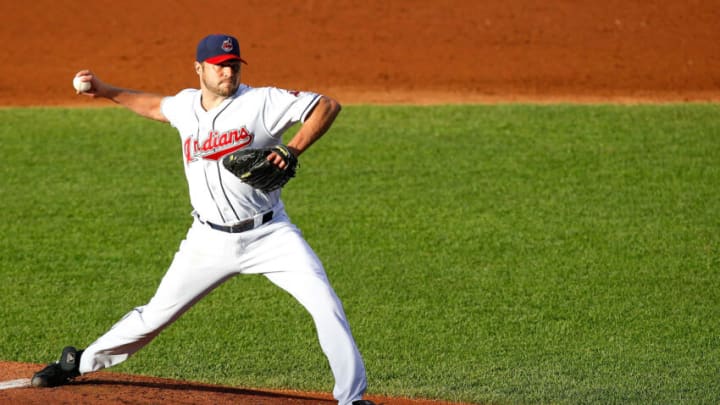
Cleveland deals Cliff Lee to Philadelphia for four prospects
While this trade might not have had the success of the Colon trade, moving Lee proved to be the right decision for the Cleveland Indians that netted them a trio of major league producers. Coming off his Cy Young season, Lee was set to demand too high of a price in the near, so the Tribe cashed in when the opportunity presented itself.
More from Away Back Gone
- Cleveland Guardians tantalizingly close to locking up AL Central tiebreakers
- Cleveland Guardians: Terry Francona becomes meme in profanity-laced ejection
- Say goodbye to defensive shifts and hello to bigger bases, pitch clock in 2023
- Cleveland Guardians: Shane Bieber second-fastest to 800 strikeouts in major-league history
- The next week will make or break the Cleveland Guardians’ season
On July 29, 2009 the Tribe traded away the defending American League Cy Young for the second consecutive season at the trade deadline. Lee ended up being dealt to the Mariners in the offseason, then to Texas during the season all to end up back with Philly in free agency during the 2010 offseason.
For Cleveland, the key piece landed was Carlos Carrasco who pitched 11 seasons in Cleveland, including leading the majors in wins with 18 during the 2017 season and finished fourth in the Cy Young voting, being the same season that Kluber won his second. Had Kluber not been the team’s ace, Carrasco would have been more commonly spoken amongst the best pitchers in the game.
For the rest of the deal, both Jason Donald and Lou Marson were able to contribute in Cleveland. Donald totaled 170 games over three seasons in Cleveland and was the typical utility infielder, similar to Ernie Clement now. Marson played 253 games for the Tribe and was a steady depth catcher.
This isn’t the best deadline trade ever made, far from it. However, it was the right deal for the Tribe. Had they waited the price on Lee would have decreased. Instead, they played the market well and got the most they could have for him.
